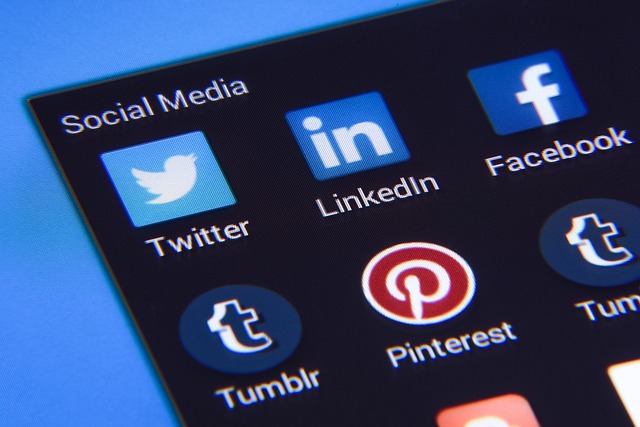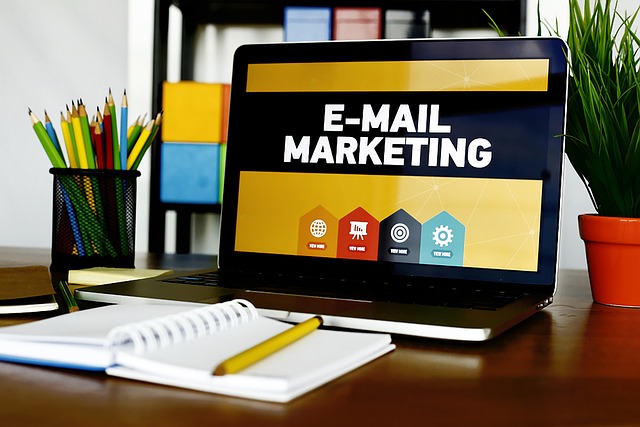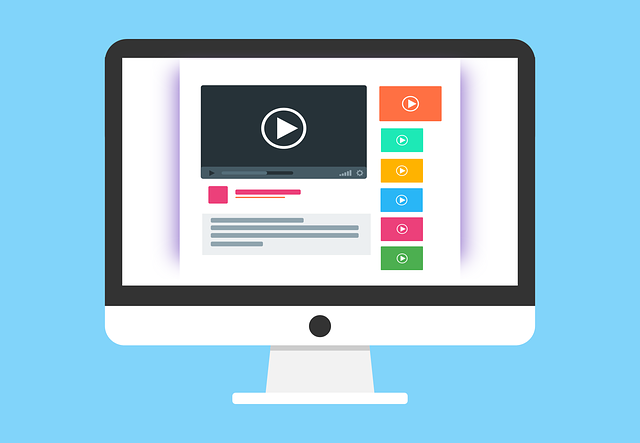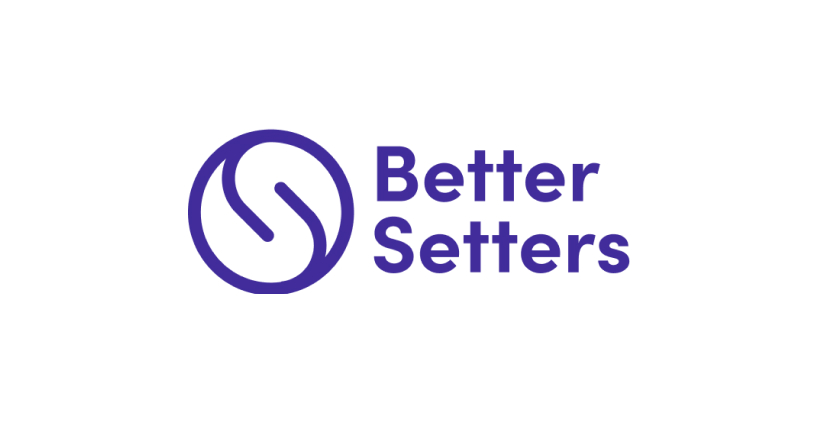Dec 25, 2022 | B2B LEAD GEN
Are you a B2B business struggling to generate leads? Are you tired of relying on outbound techniques that just aren’t bringing in the results you want? Inbound lead generation might be the answer you’ve been looking for. In this blog post, we’ll be exploring the top inbound lead generation techniques that will help your B2B business attract and convert more qualified leads. From creating valuable content to utilizing social media and search engine optimization, we’ll cover all the bases to help you effectively generate leads and grow your business.
An inbound marketing strategy is a method of attracting customers to your business rather than chasing after them (as in the case of an outbound strategy). This naturally creates a relationship of trust as they get to know your business thoroughly. And this relationship of trust is great for you as it puts your business in a position of authority. It’s all about playing your cards right.
There’s a lot of competition in the B2B space, which is why it’s important to have an effective lead generation strategy. It’s also a popular way of generating leads for B2B businesses and comprises several ways to convert those leads to paying customers.
If you are the statistical type, you can assess just how popular it is (and also how valuable it is) by knowing that 85% of B2B marketers say lead generation is a top priority. And according to a study, 84% of people expect brands to create content that is valuable and responsive to their needs and expectations.
So now you know how important this strategy is. But what can you do to implement it? Worry not. All you have to do is to create targeted content for your ideal customer. And how to do that?
Now we get to the fun part. The techniques used to generate leads in inbound marketing are plenty, but we’ll stick to the ones with the best results. They are:
- Content Marketing:
The best technique to direct readers to a landing page is through content. It doesn’t have to be too over the top. Usually, the purpose of content creation is to offer free, helpful information to readers, which helps them understand what your business is all about. You can place CTAs (Call To Action) wherever in your content, including inline, at the bottom of the article, and even on the side panel. This saves the reader from decision fatigue, and they get to know what’s in it for them if they take action.

Image credits: Pixabay
A visitor is more likely to click your call-to-action and go to your landing page if they are more pleased with your content. So creating engaging content is essential. This can be done through blog posts, videos, webinars, or other forms. Remember, the ultimate goal is to provide value and build trust with your target audience, so they want to do business with you.
- Social Media Marketing:
Then comes social media. Who isn’t on social media these days? Plenty of different apps and billions of users mean you have a chance of getting an insane reach. If used effectively, social media can become a powerful tool of marketing for your business. It can generate plenty of leads in many industries like retail, travel, finance, and more. It’s important to have a strategy that includes posting consistently on social platforms

Image credits: Pixabay
Posting regularly on Facebook and LinkedIn as well as interacting with followers on Twitter or Instagram, will take your business to new heights. You have to target the audience where they are. This will help visitors know about the seriousness of your business. And if they click on a link that leads to an online resource, you can easily track their progress so you can follow up with them. You can also make sure to thank your prospects for contacting you through social media. This is how social media platforms make it incredibly easy for you to guide your prospects to take the desired action.
- Email Marketing:
Then comes email marketing. 4.3 billion people use email. By using email marketing, the sky’s the limit. Email has been around since the early days of the internet, but it remains one of the most influential forms of marketing ever. The people who are already familiar with your brand, product, or service can be reached through email. Given that they have already joined your mailing list asking them to do something is considerably simpler.

Image credits: Pixabay
Use CTAs with captivating language and eye-catching designs to catch your subscribers’ attention because emails tend to be a little overcrowded. Make your email precise with a great impression because we really don’t want it to land in the spam box.
- Search Engine Optimization (SEO):
Search Engine Optimization (SEO) is the process of improving your site to increase its visibility when people search for something relevant. Although producing quality content is crucial, SEO is a component of lead generation that frequently gets neglected.

Image credits: Pixabay
To position yourself as an authority in your market, articles (or blogs, like the one you’re reading right now) are a terrific method to get your brand recognized on search engines. It’s all about getting seen so you can draw people in. Without incurring any additional lead-generating costs, SEO can help you draw in and convert more inbound prospects. When writing blogs, keep your ideal reader in mind and try to add value. Make it more SEO friendly, and your business will get the recognition it deserves.
- Referral Marketing:
Now, referral marketing is a tactic where a business rewards existing customers for suggesting it to their friends and also rewards prospective consumers for becoming a customer. And who doesn’t like discounts and freebies? It increases consumer reach, customer engagement, reputation, and retention. The more people hear about your business, the more it’ll grow. Simple.
Referral marketing is a powerful inbound lead generation technique that can help B2B businesses attract new customers and drive sales. By leveraging the power of word-of-mouth marketing, businesses can tap into their existing customer base and encourage them to refer their friends, colleagues, and business partners to the company. This can be done through a variety of tactics, such as offering referral discounts or rewards, creating referral programs, or simply asking satisfied customers to spread the word about your business.
Referral marketing is an effective way to generate leads because it allows businesses to reach a highly targeted audience who are more likely to convert into customers. Plus, it’s a cost-effective way to attract new business and can lead to a higher customer lifetime value. If you’re looking to boost your inbound lead generation efforts, consider implementing a referral marketing strategy as part of your overall marketing mix.
- Product Demos:
For B2B purchasers, having to purchase without first trying a product or service out is one of the biggest obstacles. What you can do to overcome that is to provide a free trial or demo of the products. This is a great approach to getting sales-qualified leads that can later be turned into paying customers after they’ve tried your product for themselves. They’ll then be sure to return!
- Messaging App Marketing:
The new communication interface fosters a more personal approach to customer relationship management. You see, often, customers don’t just want to talk with a bot; they want to do so in an engaging way.
Messaging app marketing is a relatively new inbound lead generation technique that has gained popularity in recent years. By leveraging messaging apps like WhatsApp and Facebook Messenger, businesses can directly connect with their target audience and engage with them in real-time. This can be an especially effective strategy for B2B businesses looking to generate leads, as it allows them to personalize their marketing efforts and build relationships with their prospects.

Image credits: Pixabay
Some ways to use messaging app marketing for lead generation include creating chatbots to answer frequently asked questions, sending personalized messages to targeted groups of prospects, and using messaging apps to facilitate one-on-one conversations with potential customers. As messaging apps become increasingly popular, they offer a unique opportunity for businesses to connect with their audience and generate leads in more personal and interactive ways.
- Use Quora Q and A to generate leads:
With Quora, you can get answers to your questions from experts in seconds. For you, as an entrepreneur, Quora (and other social Q&A websites) can work wonderfully to promote your business. It can help you get content in front of buyers and find the questions they are asking. It’s quite simple for you to find your buyers, answer their queries, and link back to your content and profit. It’s really an underestimated B2B lead generation website.
- In-Depth Youtube Videos:
Creating in-depth YouTube videos can be a highly effective inbound lead generation technique for B2B businesses. By producing high-quality, informative videos that provide value to your target audience, you can attract and engage potential customers, establish your business as an industry leader, and ultimately generate leads. YouTube is the second largest search engine in the world, so it’s a great platform for businesses to reach a wide audience and drive traffic back to their website.

Image credits: Pixabay
When creating YouTube videos for lead generation, it’s important to focus on topics that are relevant to your target audience and provide value to them. You can also include calls to action in your videos, such as asking viewers to subscribe to your channel or visit your website to learn more.
By using YouTube to showcase your expertise and provide valuable content to your audience, you can effectively generate leads and grow your business. No, you don’t need phenomenal videos, just informative ones. By turning your existing content into videos, you can generate leads to win more business.
It’s important to understand that the key to B2B inbound lead generation is to find what works for you. There are plenty of things you can do other than the ones mentioned above. You can go a few steps further and publish and promote case studies, or target high-value leads on LinkedIn. It’s all about the possibilities. You have to experiment and find whatever works for you.
So. If you’re still confused about whether to choose inbound or outgoing traffic, you should really consider the following:
Though inbound marketing might take a bit of time, great content will continue to benefit you over the long run, making inbound lead generation beneficial. Additionally, it is economical. Another argument for inbound lead generation’s superiority over outbound lead generation is the prospect’s increased trust in you. We’ve been emphasizing it over and over; if your business is in constant interaction with them, you’ve got the upper hand.
All in all, inbound marketing is not just about generating leads. It’s an all-encompassing approach that includes content creation, lead nurturing, and lead conversion.
It’s a customer-centric strategy. They can find you when they need you, and you don’t have to find them either. They’ll already be there. Win-win situation.
To put it simply, it’s all about creating valuable content that solves a problem for the target audience. This type of marketing attracts prospects who are genuinely interested in your product or service and are ready to buy.
It might be a bit of a hassle in the beginning, but it will pay off beautifully in the end. And with your business blooming, you can sit back, relax and thank your past self for choosing inbound marketing when you needed it the most.








